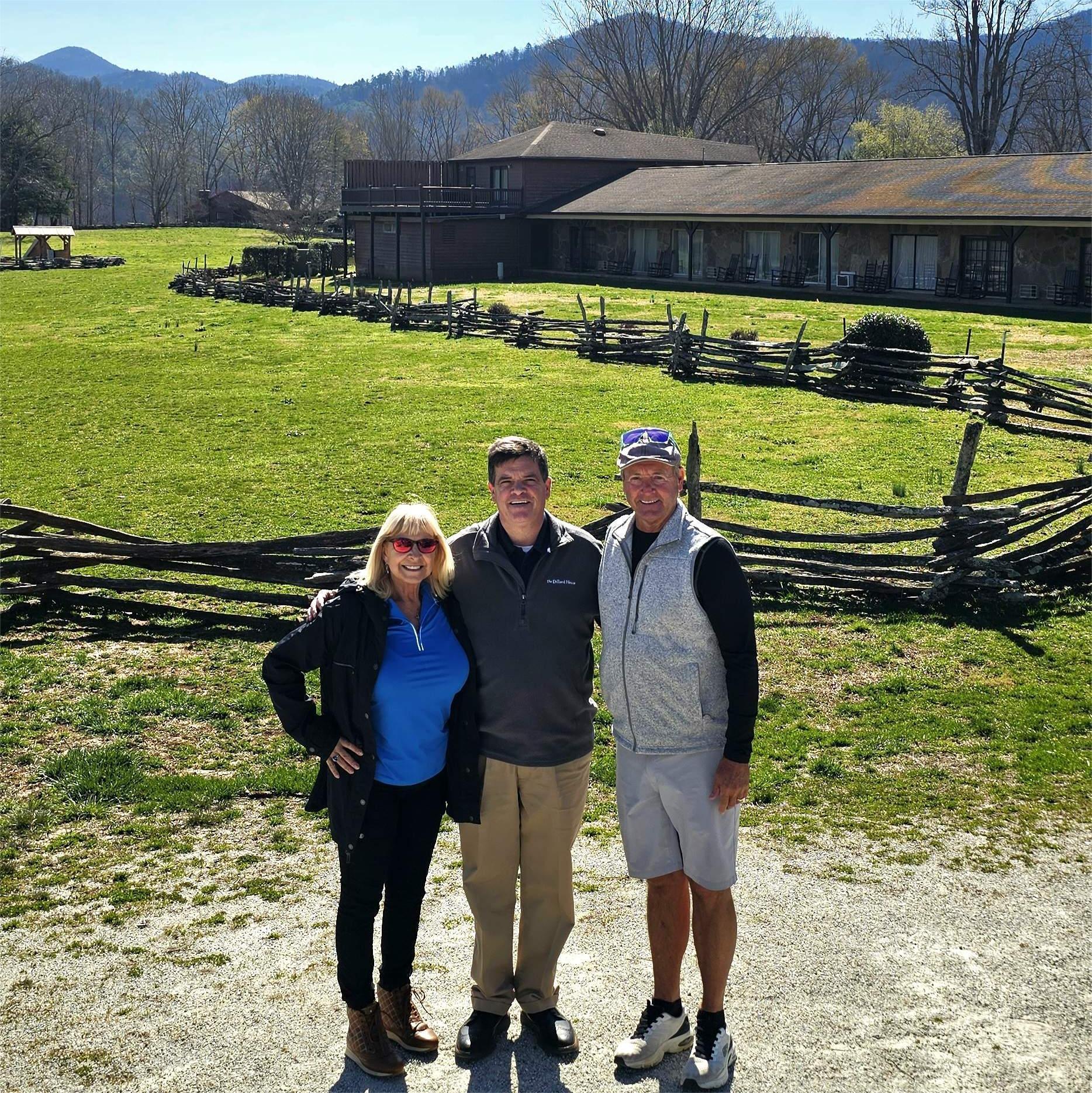Matt Wilson
Director of Instruction
Baltusrol Golf Club
Springfield, NJ
Interview with Matt Ward
BACKGROUND:
Matt Wilson joined the Baltusrol Golf Club staff in April of 2020 after serving as a coach of Golf Canada’s Junior Girls Team. He is on Golf Digest’s list (2021-22) of the Best Young Teachers in America.”
His philosophy on golf instruction is about consistent improvement, particularly with the more established, invested player. He relies heavily on sports science and sports psychology, having done graduate work in high performance coaching.
THE WILSON STORY:
I don’t think I can pinpoint one specific moment that served as the catalyst for my career in golf instruction, but there are definitely specific people that had a profound impact on my future. As a youth golfer I had an excellent coach named Dave Woods, who was a strong mentor and role model.
He showed me what was possible, career-wise, in golf, and I am fortunate to be able to call him a close friend today. I was also lucky to have extremely supportive parents who always encouraged me to actualize my vision, even though it was an unconventional one.
***
You wake up in the morning — what’s the driving passion?
What initially led me to coaching was the fact that there were a bunch of different goals within the profession that I was equally passionate about: helping others work to achieve their best, the unique challenges I have to solve each day, and for me personally, the pursuit of mastering a craft.
How much more productive and successful is teaching today versus 10, 15 or 25 years ago?
I can only speak to the last decade or so, but compared to the beginning of my career, we have so much more access to information and the ability to measure a lot more and guess a lot less.
We can be more precise and make more informed decisions when working with players, and if we use that information correctly it can expedite the improvement process. There are players of all skill levels here at Baltusrol and in the world looking to improve, so the process has not drastically changed.

How has the pandemic impacted your daily teaching activities?
At the onset of the pandemic there was a definite impact. Learning to do the job of teaching safely and being mindful of safety guidelines required a change in operation, with a premium on verbal communication and demonstration as opposed to teaching intervention based on physical touch.
But our members and staff were committed to creating a safe environment at the Club and it helped us maintain an effective teaching program.
What is the approximate percentage of teachers that truly understand the mechanics of the golf swing and can effectively dialogue with students thereby improving their performance level?
There are a lot of people in the world that have a strong understanding of the mechanics of the golf swing. Expert teachers can effectively translate that into actionable insights for the student.
Much like any profession, there are a few that have mastered that and can operate at a very high level on a daily basis, and that’s what we all as professionals strive to be.
Teachers today have a range of tools to use — most notably videotaping. At what point does an overflow of information become paralysis by analysis?
The reality is that every player is different. It’s the job of a coach to strike the appropriate balance between too much and too little information and what will be most effective to help a player improve.
Information itself is just information, but the paralysis by analysis occurs when you rely too heavily on that information and lose sight of what the path forward is.

You teach at Baltusrol Golf Club — one of the leading clubs in the world — is there more pressure because of that specific club affiliation than if you were teaching at another location?
I don’t feel that there is extra pressure because of the club or its members; I just feel the pressure that I put on myself to deliver the best session possible each and every time I teach.
Our members are wonderful to work with each day, and I consider myself very fortunate to be at a Club so steeped in golf history.
Are there any metrics you use to gauge student progress?
Getting feedback from the student on the progress they believe is happening is one benchmark. Objective measures include handicap, scoring average, or even nuanced ones like greens in regulation.
Is it easier to teach those who are double digit handicap or single digit handicap and why?
The easiest players to teach are the ones who are willing to do the work necessary to reach their goal. Their handicap when they come to me does not make a difference, as long as they have the drive to improve. When there is a discrepancy between a player’s stated goals and what they are willing to do, that’s when teaching becomes difficult.
Most influential golf book you ever read about teaching golf — and what specifics have you incorporated into your efforts?
The most influential reading for me has been research about motor learning. That has really helped shape my teaching philosophy and how I approach instruction.













